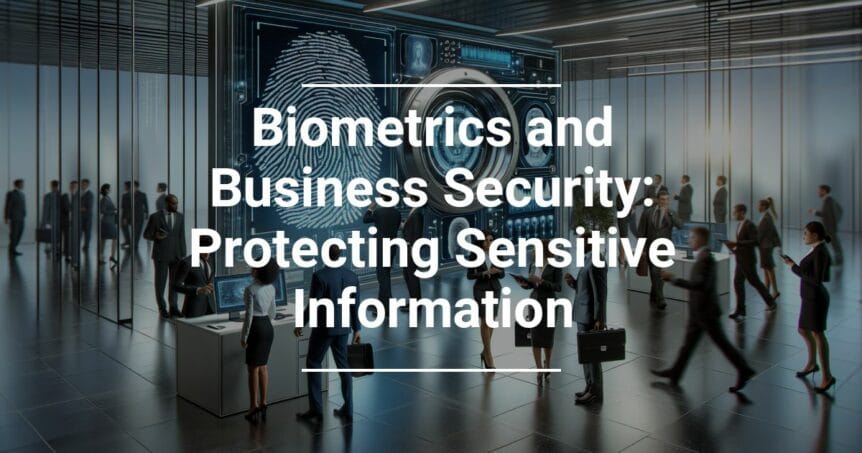Relying solely on passwords to protect sensitive business information feels increasingly inadequate. Enter biometricsa cutting-edge security solution that uses unique physical characteristics for authentication. This technology goes beyond the limitations of traditional passwords, offering a secure and reliable method of protecting valuable data.
Traditional passwords can be easily compromised through guessing, phishing, or data breaches. On the other hand, biometric data, such as fingerprints or iris scans, are uniquely tied to an individual and are nearly impossible to replicate or steal. Biometric systems store this data in an encrypted format, ensuring that even if intercepted, it remains secure. This enhanced level of protection makes biometrics a preferred authentication method for businesses around the globe.
Exploring Biometric Methods
Fingerprint recognition is one of the most commonly used biometric methods. It involves capturing digital images of an individual’s unique fingerprint patterns. Similarly, iris and retina scanning capture detailed images of the eye to identify unique patterns. These methods are highly accurate, offering reliable security by leveraging the distinctiveness of individual biological traits.
Voice Authentication
Voice authentication operates by recording a user’s speech and creating a unique voice template. When logging in, the system compares the spoken input to the stored template. If the voice matches, access is granted. This method offers both convenience and security, as it allows users to log in hands-free while ensuring that only authorized individuals gain access.
Facial Recognition
Facial recognition software uses artificial intelligence to analyze unique facial features. This technology maps distances between various facial points and identifies distinct patterns. It can differentiate between similar-looking individuals, providing a highly accurate and user-friendly method of authentication.
Hand Geometry Analysis
Hand geometry analysis involves scanning an individual’s hand to capture its unique shape, size, and movement. Sensors and cameras record the hand’s outline and dimensions, creating a distinctive profile that is difficult to duplicate. This method is another effective way to use physical traits for secure authentication.
Advantages of Biometric Systems
Biometric systems are designed to minimize false positives, ensuring that only authorized personnel can access sensitive information. The difficulty of forging biometric data provides an extra layer of security that surpasses traditional password protection.
Many biometric systems feature continuous authentication, which requires further verification if any discrepancies or unusual activities are detected. For instance, if a voice sample does not perfectly match, the system may prompt for a secondary biometric check, such as a fingerprint or retina scan. This continuous monitoring enhances ongoing security.
Biometric authentication offers significant convenience for employees, eliminating the need to remember complex passwords or worry about being locked out of devices. Employees can quickly and easily log in using their biometric data, reducing the risk of lost credentials and enhancing overall productivity.
Adopting biometric authentication can greatly enhance your business’s security, offering robust protection and convenience. Whether your goal is to strengthen security measures or streamline access for employees, biometrics present a forward-thinking solution. Consider the various biometric methods available and start implementing this advanced technology to safeguard your business today.





